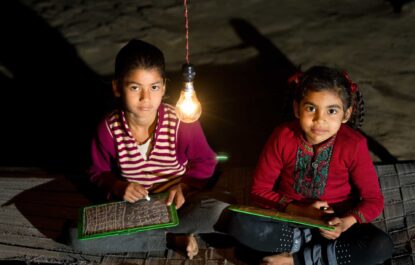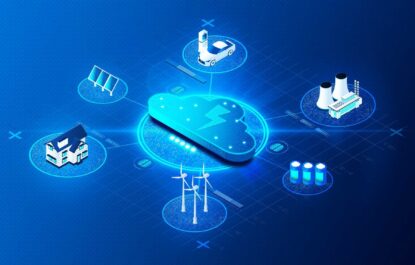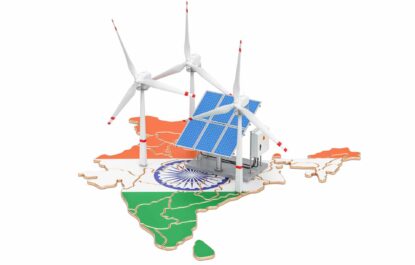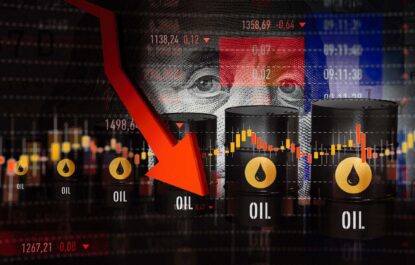Guidehouse forecasts that the global microgrid market will touch $39.4 billion by 2028, generating a combined 19888.8 MW of power. This rise will be driven by a fall in the prices of distributed energy technology, making setting it up much cheaper.
Today, microgrids are hailed as an energy-efficient solution that can bring power to the non-electrified populace and support industries, commercial spaces, and residential communities.
But first, what exactly is a microgrid? How do they work? What advantages do they offer? And what is the next step in microgrid evolution?
What is a microgrid?
Microgrids are independent power networks that use local, distributed energy resources to provide grid backup or off-the-grid power to meet local electricity demands. It’s an autonomous system that supports the grid during outages.
Three key characteristics broadly define it:
-
- Local
Microgrids use local resources to supply electricity to nearby areas. Unlike central grids that have transmission lines stretching for thousands of kilometers, microgrids are confined to catering to their immediate vicinity.
-
- Independent
Also known as islanding, microgrids can separate themselves from the central grid and operate independently whenever the main grid fails. For instance, cyclone Fani pushed large swathes of eastern India into temporary darkness when the primary grid failed. India’s situation contrasts with the cyclone-prone Caribbean islands that have built multiple interconnected microgrid systems to overcome power failures due to extreme weather.
-
- Intelligent
Microgrids are complex systems with a central controller that manages the generators, batteries, and supply systems. Each resource is tracked and controlled to achieve the necessary energy goals. Advanced microgrids also use blockchain-based platforms to trade energy with nearby microgrids and the central grid. These operations require a degree of technical sophistication.
There are three main types of microgrids :
-
- Remote microgrids
Such microgrids operate entirely in island mode, disconnected from the central grid due to a lack of transmission infrastructure. Renewable remote microgrids that utilize solar, wind, or hydropower offer a feasible alternative to long transmission lines across unfavorable topography.
-
- Grid-connected microgrids
These microgrids have a physical connection with the central grid. A switching mechanism is used at the point of common coupling, enabling it to change from grid-connected to island mode whenever necessary. Such microgrids usually act as a backup to the central power supply, kicking in during an outage.
-
- Networked microgrids
Also known as nested microgrids, such microgrids comprise several distributed energy resources and microgrids connected to the same grid utility segment. The entire system is managed by a central control system that optimally coordinates each nest tier based on the demands of a much wider geographical region.
What are the advantages of microgrids?
The inherent value proposition microgrids present offers several advantages over a centralized supply. Microgrids can service remote regions without requiring significant investment and provide regular supply by building resilience against outages, weather conditions, and technical issues.
Along with greater protection against cyberattacks, they also promote using renewable energy sources. Microgrids provide all these advantages while considerably reducing power bills. Simply put, it reduces the carbon footprint of energy production while ensuring a regular, quality supply at affordable rates.
Microgrid owners can also sell grid services and excess power to the central grid to offset operational costs. New developments in blockchain technology have unveiled previously unrealized benefits in the form of peer-to-peer energy trading.
What is peer-to-peer energy trading?
P2P energy trading is the buying and selling energy between energy-excess and energy-deficient entities. The transfer of excess energy in real-time happens over a blockchain platform to ensure transparency, reliability, and speed. This adds another dimension to microgrid power generation by turning consumers into producers and sellers of energy. It further strengthens the core benefits of microgrids – increases resilience, reduces costs, and encourages consumers to set up renewable microgrids on their properties. P2P trading has had several successful pilots across Australia and India.
Microgrids combined with blockchain and P2P trading are inevitable and will be the most efficient solution to meet the global energy demand.













